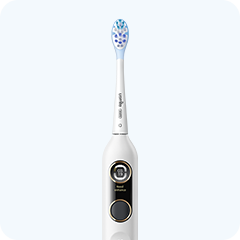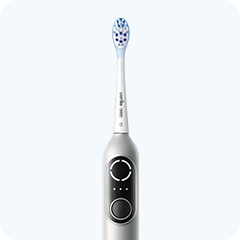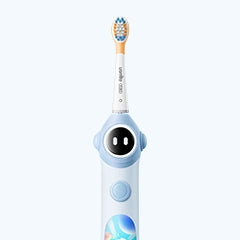Dental plaque is a sticky biofilm of bacteria that forms on the surface of teeth. Its inevitability makes it a concern for everyone. If left untreated, plaque can harden into tartar, increasing the risk of cavities and gum disease. The way you manage plaque removal significantly impacts the health of your teeth and gums.
What Causes Dental Plaque?
Our mouths naturally harbor a wide range of bacteria, and the surfaces of teeth are no exception. These bacteria often begin forming biofilms near the gumline. While plaque formation is a normal occurrence, the real trouble starts when bacteria mix with sugar and produce acids. Consuming sugary or carbohydrate-rich foods without proper cleaning allows bacteria to thrive, creating an environment ripe for plaque development.
Why Is Plaque a Concern?
If plaque accumulates on teeth, it can lead to cavities and tooth decay. The acids produced by bacteria erode the enamel, causing damage. Left untreated, these acids can penetrate deeper layers of the tooth, eventually reaching the pulp and potentially causing abscesses or infections.
If you neglect brushing and flossing, plaque can harden into tartar in just a few days. Unlike plaque, tartar is visible and appears as yellow or brown discoloration on teeth. Not only does tartar affect aesthetics, but it also irritates gums, leading to gingivitis. Once tartar forms, professional dental cleaning is the only effective way to remove it.
How to Remove Dental Plaque
While plaque formation is inevitable, proactive removal can minimize its impact and prevent tartar buildup. Here are effective ways to manage plaque:
Brush Your Teeth Twice Daily
Use a fluoride toothpaste, to strengthen enamel and prevent cavities. Incorporating an electric toothbrush into your routine can enhance plaque removal, as these devices are more efficient at reaching all areas of the teeth.
Floss Daily
Dental flosser helps remove debris and plaque from between teeth, areas a toothbrush can’t reach. This simple step is essential for preventing both plaque and tartar.
Limit Sugary Foods
Reducing sugar intake can control bacterial growth, decreasing the likelihood of plaque formation.
Stimulate Saliva
Production Saliva naturally washes away bacteria throughout the day. Post-meal rinsing or chewing sugar-free gum for 20 minutes can boost saliva production, further reducing plaque buildup.
Regular Dental
Visits Regular check-ups are crucial for removing tartar and addressing cavities or gum disease. Your dentist or hygienist can help you maintain optimal oral health by providing professional cleanings.
Conclusion
Dental plaque may be unavoidable, but with proper care, its impact can be minimized. Using tools like an electric toothbrush, combined with regular flossing, rinsing, and professional dental care, ensures cleaner, healthier teeth. Partnering with your dentist helps maintain your oral health, keeping your smile bright and your teeth strong for years to come.






















